Related Research Articles
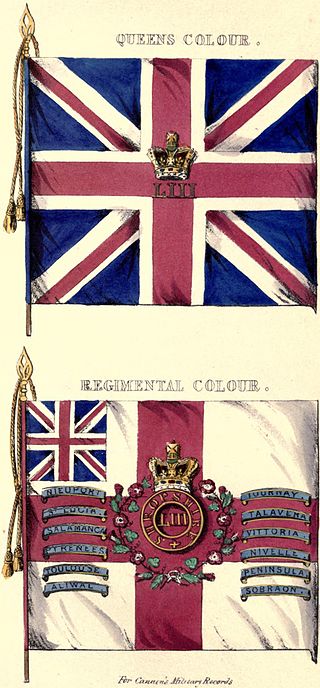
The 53rd (Shropshire) Regiment of Foot was a British Army regiment, raised in 1755. Under the Childers Reforms it amalgamated with the 85th Regiment of Foot to form the King's Shropshire Light Infantry in 1881.

The Royal Irish Regiment, until 1881 the 18th Regiment of Foot, was an infantry regiment of the line in the British Army, first raised in 1684. Also known as the 18th Regiment of Foot and the 18th Regiment of Foot, it was one of eight Irish regiments raised largely in Ireland, its home depot in Clonmel. It saw service for two and a half centuries before being disbanded with the Partition of Ireland following establishment of the independent Irish Free State in 1922 when the five regiments that had their traditional recruiting grounds in the counties of the new state were disbanded.
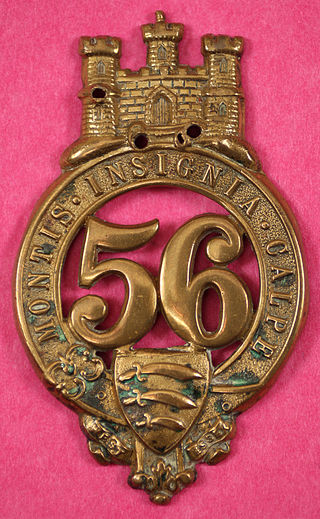
The 56th Regiment of Foot was an infantry regiment in the British Army, active from 1755 to 1881. It was originally raised in Northumbria as the 58th Regiment, and renumbered the 56th the following year when two senior regiments were disbanded. It saw service in Cuba at the capture of Havana in the Seven Years' War, and was later part of the garrison during the Great Siege of Gibraltar in the American Revolutionary War. During the French Revolutionary Wars it fought in the Caribbean and then in Holland. On the outbreak of the Napoleonic Wars the 56th raised a second battalion in 1804 as part of the anti-invasion preparations; both saw service in India and in the Indian Ocean, with the first capturing Réunion and Mauritius. A third battalion was formed in the later years of the war, but was disbanded after a brief period of service in the Netherlands.

The 73rd Regiment of Foot was an infantry regiment of the British Army, raised in 1780. Under the Childers Reforms it amalgamated with the 42nd Regiment of Foot to form the Black Watch in 1881.
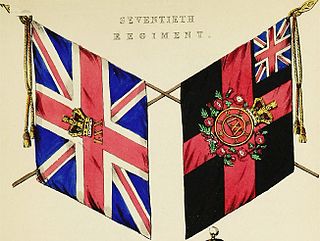
The 70th (Surrey) Regiment of Foot was a regiment of the British Army, raised in 1756. Under the Childers Reforms it amalgamated with the 31st (Huntingdonshire) Regiment of Foot to form the East Surrey Regiment in 1881.
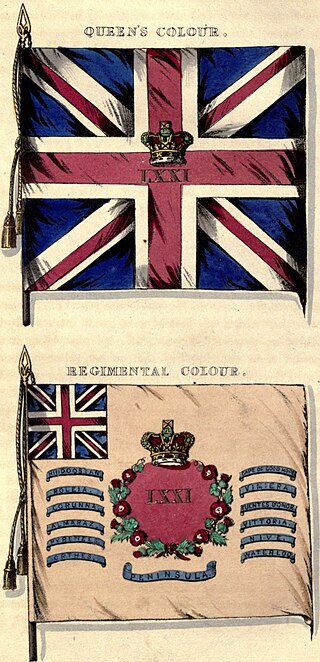
The 71st Regiment of Foot was a Highland regiment in the British Army, raised in 1777. Under the Childers Reforms it amalgamated with the 74th (Highland) Regiment of Foot to become the 1st Battalion, Highland Light Infantry in 1881.

The 36th (Herefordshire) Regiment of Foot was an infantry regiment of the British Army, raised in 1701. Under the Childers Reforms it amalgamated with the 29th (Worcestershire) Regiment of Foot to form the Worcestershire Regiment in 1881. Its lineage is continued today by the Mercian Regiment.

The 67th Regiment of Foot was a line infantry regiment of the British Army, raised in 1756. Under the Childers Reforms it amalgamated with the 37th Regiment of Foot to form the Hampshire Regiment in 1881.

The 39th (Dorsetshire) Regiment of Foot was an infantry regiment of the British Army, raised in 1702. Under the Childers Reforms it amalgamated with the 54th Regiment of Foot to form the Dorsetshire Regiment in 1881.
The 120th Regiment of Foot was an infantry regiment of the British Army, formed in 1763 by regimenting independent companies and disbanded in 1764. During its brief existence, Robert Dalrymple-Horn-Elphinstone was only the Colonel of the Regiment.
General The Hon. James St Clair was a Scottish soldier and Whig politician.
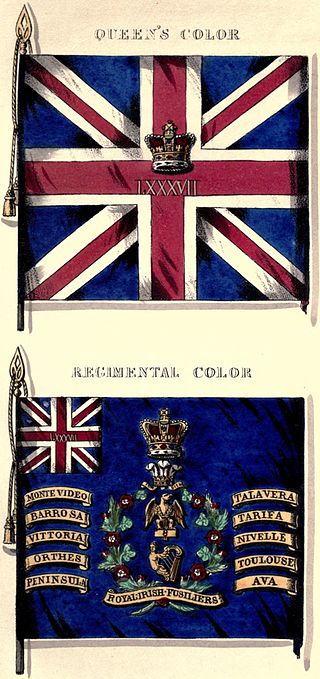
The 87th Regiment of Foot was an infantry regiment of the British Army, raised in 1793. Under the Childers Reforms it amalgamated with the 89th Regiment of Foot to form the Princess Victoria's in 1881.

The 86th Regiment of Foot was an infantry regiment of the British Army, raised in 1793. Under the Childers Reforms it amalgamated with the 83rd Regiment of Foot to form the Royal Irish Rifles in 1881.

General Sir Hew Whitefoord Dalrymple, 1st Baronet was a Scottish general in the British Army and Governor of Gibraltar.
Lieutenant-General James Durand was a British soldier.
General Hunt Walsh was a British soldier and politician. Since the 1630s his family had owned lands in Ireland at Ballykilcavan, near Stradbally, Queen's County.

General Sir Charles Wills was a British Army officer and politician who served as Lieutenant-General of the Ordnance sat as a member of parliament for Totnes from 1718 to 1741.
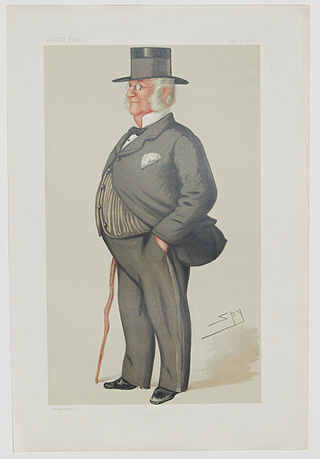
Sir James Dalrymple-Horn-Elphinstone, 2nd Baronet was a British Conservative Party politician who sat in the House of Commons in two periods between 1857 and 1880.
General John Hamilton Elphinstone Dalrymple, was a senior British Army officer.

General Sir Arthur Augustus Thurlow Cunynghame was a British Army commander and memoirist. Cunynghame was colonel-commandant of the King's Royal Rifle Corps and of the 36th Regiment of Foot.
References
- ↑ Cannon, Richard (1849). Historical Record of the Fifty-Third, or the Shropshire Regiment of Foot. London: Parker, Furnivall and Parker. p. 3.
- ↑ Cannon, Richard (1849). Historical Record of the Fifty-Third, or the Shropshire Regiment of Foot. London: Parker, Furnivall and Parker. p. xxxv.
- ↑ "No. 13582". The London Gazette. 15–19 October 1793. p. 913.